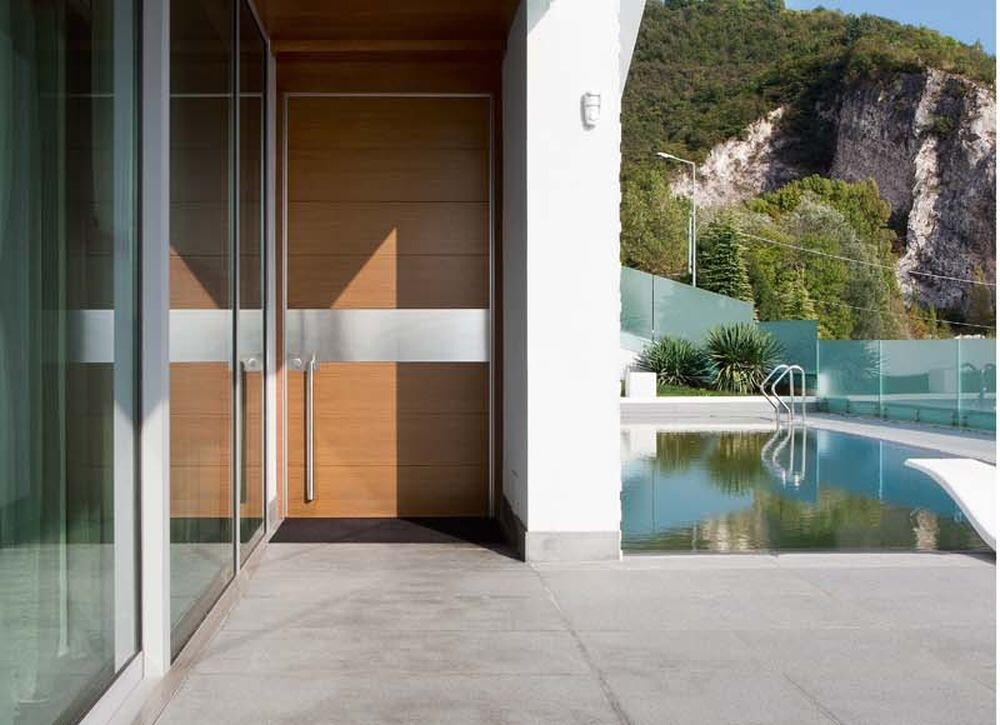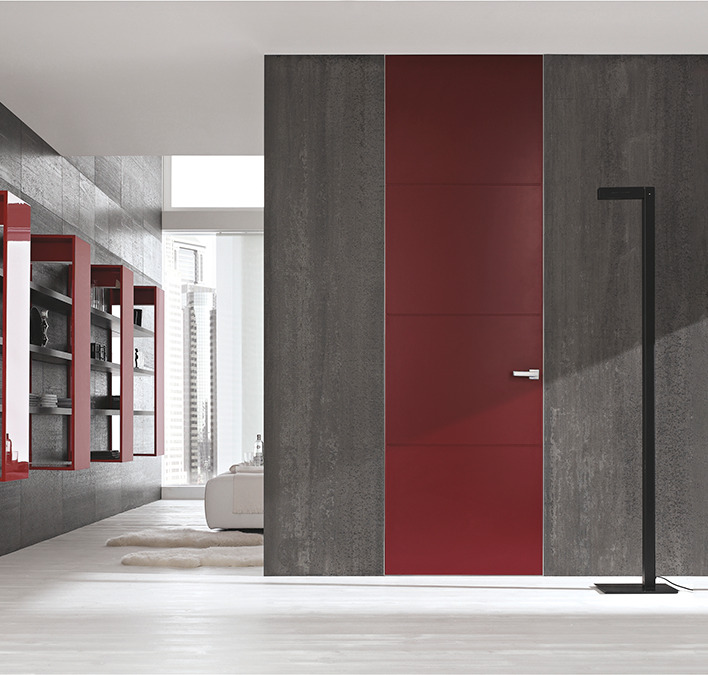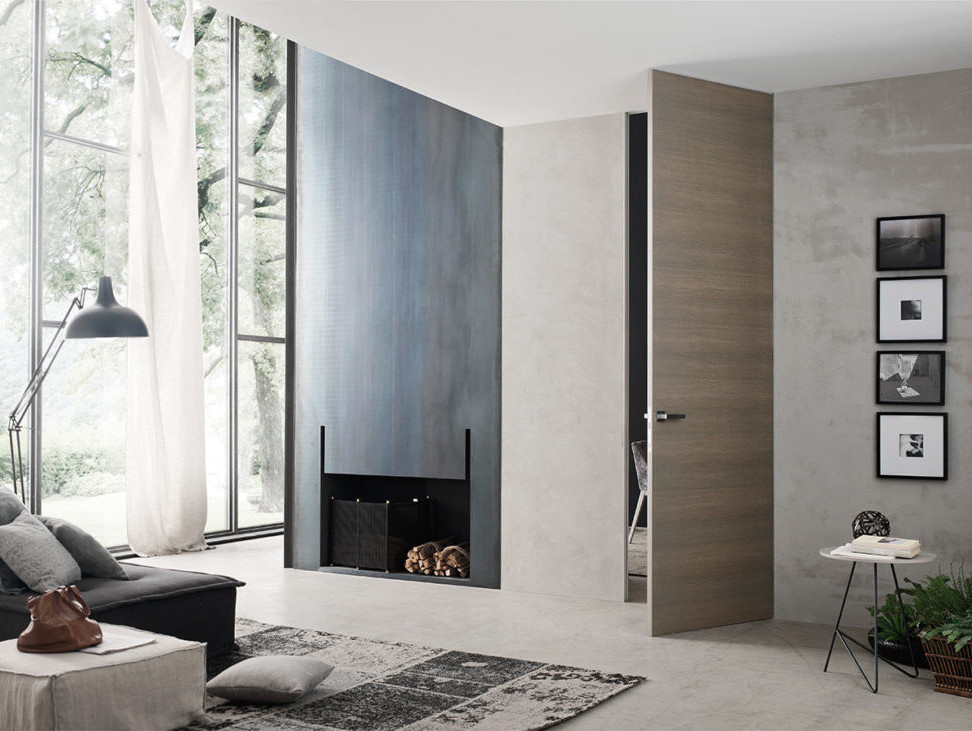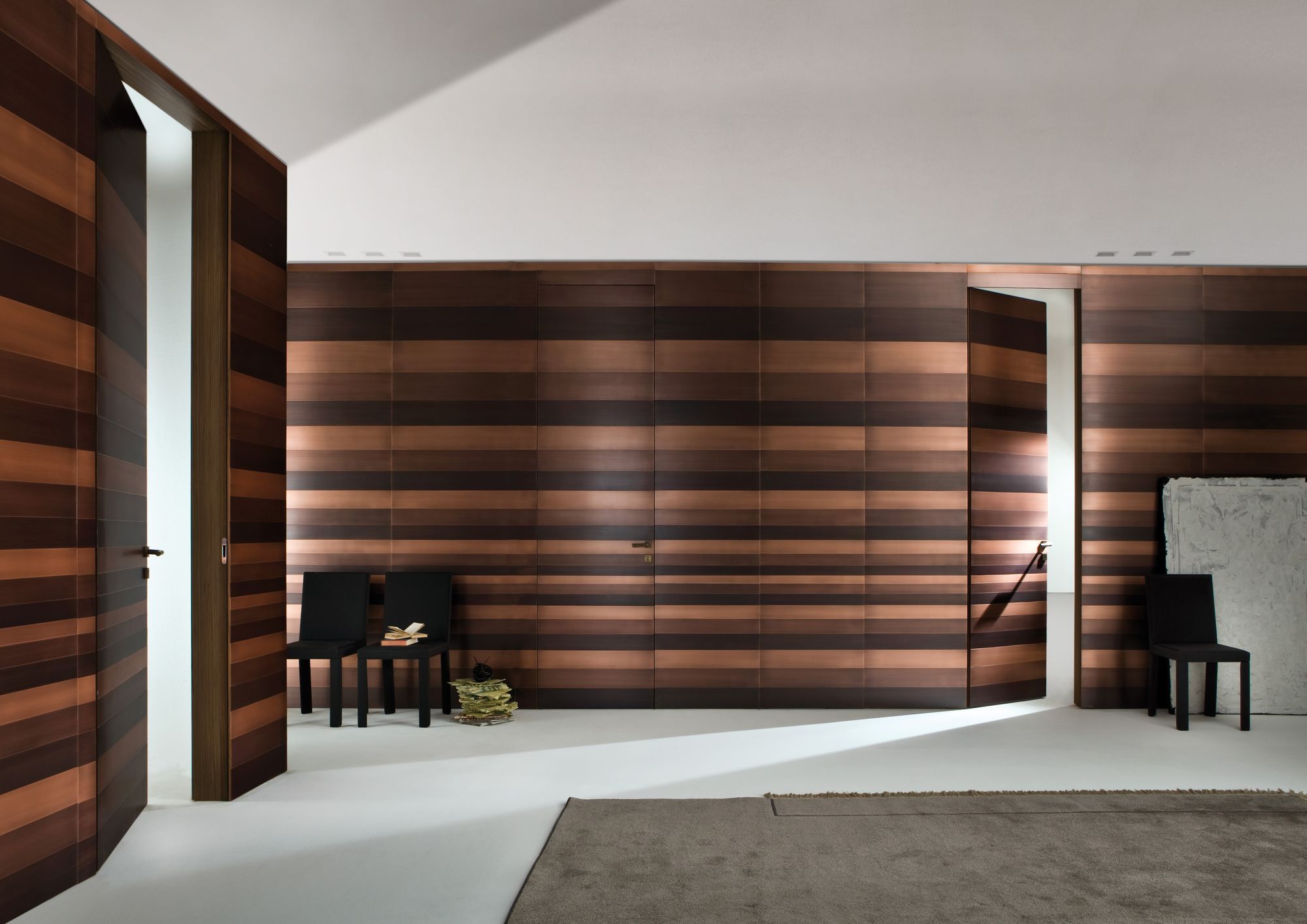Interior and Exterior doors are usually overlooked during our routine cleaning maintenance. Here’s a list of simple instructions to follow:
Door cleaning tips
Start with doors that are used more frequently, for example high traffic areas in home.
-Front Door
-Bedroom Door
-Closets
Before you start
Dust doors first by removing the surface dust before applying any type of cleaning solution.
Paper towel works best when wiping down door surfaces.
Sponges and towels tend to hold tons of bacteria, using a durable paper towel ensures that bacteria doesn’t transfer dirt and debris from one door to the next.
Choose Your Cleaning Solution for Maintenance:
If you prefer a commercial cleaner go ahead and use it. Be sure to follow all manufacturers’ directions and read the instructions.
You can use easy homemade cleaning products. They are natural and chances are, you have all these ingredients at home. They also do not contain harmful fumes and are non-toxic and you can dispose of them safely down the drain.
Homemade Multi-Purpose Maintenance Cleaner:
1 teaspoon baking soda
1 tablespoon of liquid soap
4 cups hot tap water
Combine these ingredients in a spray bottle. Mix thoroughly.
Homemade Glass Cleaner:
1 teaspoon liquid detergent
6 Tablespoons plain white vinegar
4 cups water
Mix all ingredients in a spray bottle.
Homemade Brass Cleaner:
You can clean brass (and copper) with this homemade natural product. Any grime and tarnish will wipe right off.
You will need:
Clean plastic container
1/2 cup of vinegar
2 tablespoons of salt
Dab on with a sponge and let sit for about 15 minutes.
First step before caring for your Interior and Exterior doors – Be sure to take note of the door’s stain/paint finish.
If it’s a wood surface with staining, use a furniture wax or polish to wipe down the surface which give the door a beautiful glow.
For varnished doors use Murphy Oil Soap to clean it. Apply the oil soap to a rag and wipe the entire surface in the direction of the grain. Then use another rag to dry the door, removing any excess soap left behind. This will also buff the door to a shine for a beautiful result.
Use a sponge to apply the homemade or commercial all-purpose cleaner to painted doors. Wipe it dry with a soft clean rag.
For hardware use a spray cleaner and a rag. If your fixtures are made of brass, you can pick up a special brass cleaner at a home improvement store. This will keep the brass looking its bestUse the all-purpose cleaner to the door knobs or handle. Wipe well to remove dirt and then dry.
If your door has brass fixtures, use the homemade or commercial brass cleaner.
If your door has a glass inset or window, use the glass cleaner inside and out to make it sparkle.
When using hardwoods for exterior projects here are four items to consider:
– Amount of exposure to weather and sunlight
– The wood’s resistance to decay
– Method of finishing, treating, or top coating the finished product
– Regular maintenance
Factors to consider for projects that reside outside.
In general, any wood will work for an outdoor project if it’s kept dry and regularly maintained. Although, some woods do have a higher resistance to decay than others, and a list of such woods is below. Some wood will change in color and the end product must undergo regular maintenance.
Weathering, Moisture, and Exposure to Sunlight
All woods need chemical protection – when left untreated, hardwoods will turn gray in color, take on surface and end checking (cracking), and/or distort in shape (such as warping, twisting and crooking) as they absorb moisture and dry out. Different woods will react sooner than others in this department.
Sunlight is the demise of color and grain features in hardwoods that are left bare or not maintained regularly. To keep a wood looking like it did when you first finished the project, it’s imperative to use a UV blocking finish or top coat and keep it out of direct sunlight as much as possible. The general rule of thumb still remains: dark woods tend to get lighter with age, and light woods tend to get darker with age – regardless of the project being an interior or exterior one.
Accumulation in humidity cause the wood fibers to absorb the moisture in the air in an attempt to equalize with its environment. Wood is stable when it reaches the Equilibrium Moisture Content (EMC), but it takes time for wood to equalize. During this time, wood moves. It will swell (expand) along the rings of annual growth.
Good Outdoor/Exterior Wood Finishes
Penetrating exterior oil: The most popular finishes, several brands are available with UV protection through your local woodworking supply or hardware store. Based on the level of exposure, this type of finish needs to be re-applied as often as 6 months. Stripping will not be required, simply clean, dry, and re-coat your project.
Varnish: This type makes a hard shell coating on the wood surface, and many people prefer the gloss or satin look of a clear coat shell on exterior doors. A marine spar varnish is the most appropriate to use outdoors, and many brands are readily available also with UV protection. The varnish shell can be compromised (by cracking or peeling) as the wood expands and contracts with climate changes, or if the UV protection is of low quality or is old. The initial finish should have 8-10 thin coats; for maintenance, it needs to be sanded (or in some cases stripped), then re-coated with at least 3 coats. It’s more intensive to maintain than oil, but it also provides a different look. Varnish also turns yellow with age.





